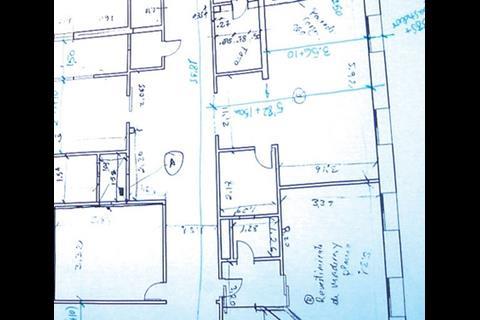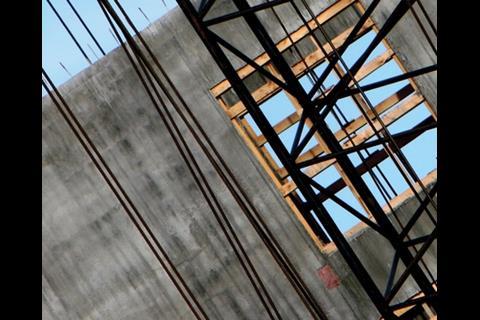To explain the revised CDM regulations, guidance with information on each team member’s responsibilities is available on the internet.
The new CDM regulations came into force on 6 April 2007. The old rules were radically changed because misinterpretations had resulted in a focus on paperwork and procedure, rather than on-site health and safety.
As the amendments were intended to make the regulations more straightforward, the plan was to include less guidance. During consultation, however, it became apparent that, to avoid the misinterpretations of the past, the changes needed some explanation.
A relatively late addition to the new regulations was an approved code of practice (ACOP). This is available from the Health and Safety Executive (HSE) as a printed document (reference L144). It is larger than the previous version because it expands on many areas.
It also became clear that guidance written by the industry for the industry would be beneficial, as designers and specifiers needed to understand the implications of the changes and ensure that their documentation and advice reflected the new requirements.
A working group was convened by the Construction Industry Advisory
Committee and ConstructionSkills to put this together. This guidance has just been published and much of it is available as a free download at www.cskills.org/healthsafety/cdmregulations.
It is recommended to the specifier as it identifies how professionals and the construction team should interact during a project.
There are six guides, aimed at different roles: the client, the CDM co-ordinator (CDMC), the designer, the principal contractor, the contractor and the worker. Ten annexes, which will cover a range of related subjects, are also envisaged.
Client
This is written for one-off private clients. It emphasises that they need to understand the CDM regs and their responsibility to ensure the safety of all direct and indirect employees from the earliest stages of a project. In addition, clients must understand the competence requirements for their team, that notification is required on all but domestic projects and that they now have to sign the notification form (the F10) that goes to the HSE.
CDM co-ordinator
This guide, written to explain clearly the new CDMC role, is in its final stages of editing. The CDMC is required to have appropriate experience and competence, as the role involves encouraging others to fulfil their responsibilities. The CDMC must hold together the project’s health and safety record, rather than slavishly following procedures and doing endless paperwork.
Designer
This guidance resulted from collaboration between the Institution of Civil Engineers, the Institution of Structural Engineers and the RIBA. Intended for designers, from individual consultants to specialist subcontractors, it contains diagrams and tables to identify responsibilities and actions. Specifiers, in particular, will find the analysis useful.
Principal contractor
This guide emphasises the need for the principal contractor to organise the site and activities so that hazards are kept to a minimum. It includes guidance on all aspects of contractor and site works.
Contractor
Contractors other than principal contractors are provided with their own guidance. Under the regs a contractor is any person who, in the course of their business activities, carries out or instigates construction work. This includes guidance for SMEs that, in the past, have struggled with the application of CDM.
Worker
Worker guidance is important for the specifier to ensure that the methodology is in line with good practice. Workers are most at risk from poor design.
Annexes
The annexes cover a range of topics. Not all are complete but they will be added to the website over the next few weeks. They are:
A: Corporate competence
B: Resources
C: The health and safety file
D: The pre-construction information pack
E: The construction phase plan
F: CDM 2007 and contracts
G: Inductions
H: Involving the workforce
I: Summary of duty holders’ responsibilities
J: Differences between Children’s Hospice South West 1996 and CDM 2007
Currently, A, E, F, I and J can be downloaded from the website. The others will be available shortly.
The working group will take on feedback and make further revisions to keep the guidance up to date.
Points to remember
- CDM 2007 is enforceable under criminal law and so should not be ignored
- It applies to all, except domestic, projects
- The changes need to be understood by all construction professionals
- The ACOP and the industry guidance is the best place to obtain initial understanding
- The industry guidance is free to download.
Topics
Specifier 20 July 2007
- 1
- 2
- 3
- 4
- 5
- 6
- 7
- 8
- 9
- 10
- 11
- 12
- 13
- 14
 Currently reading
Currently readingWhat to remember: CDM regulations
































No comments yet